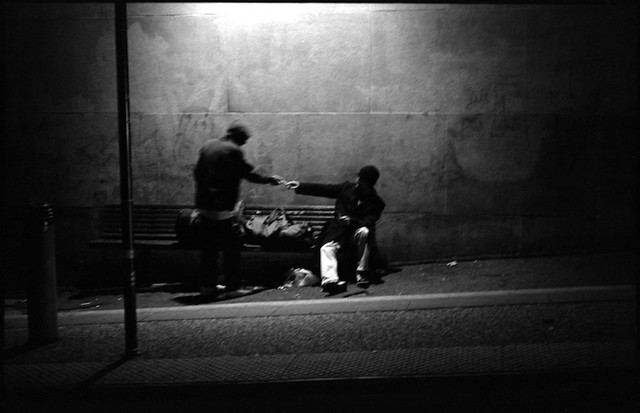ChrisCummins
Couch Photographer.
Inspired by the thread on changing ISO speed, I am interested in people's techniques for setting exposure on a manual (meterless) camera. Having being raised and spoilt on cameras with good automatic exposure programs (with shutter/aperture priority), I am now struggling for inspiration on how to operate in such a fast environment as street photography with a camera without the exposure aids, particularly with cameras that require a couple of seconds pause just to change one of the settings in the first place!
Do people use lightmeters? I imagine this would slow the process down too much, but is it a necessary evil? And on B&W negative film such as Ilford HP5+, how great is the margin of exposure-error?
-Chris
Do people use lightmeters? I imagine this would slow the process down too much, but is it a necessary evil? And on B&W negative film such as Ilford HP5+, how great is the margin of exposure-error?
-Chris


